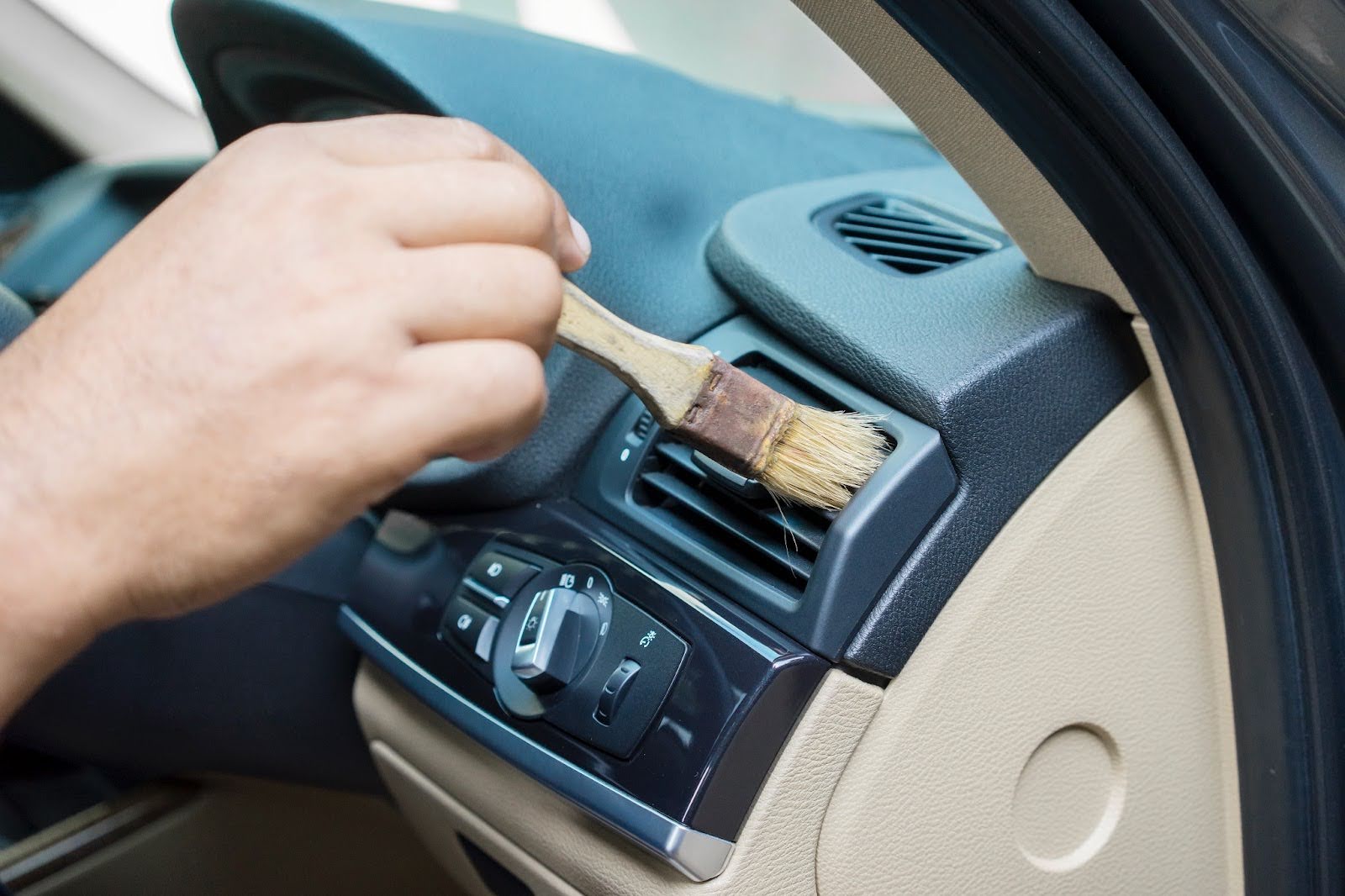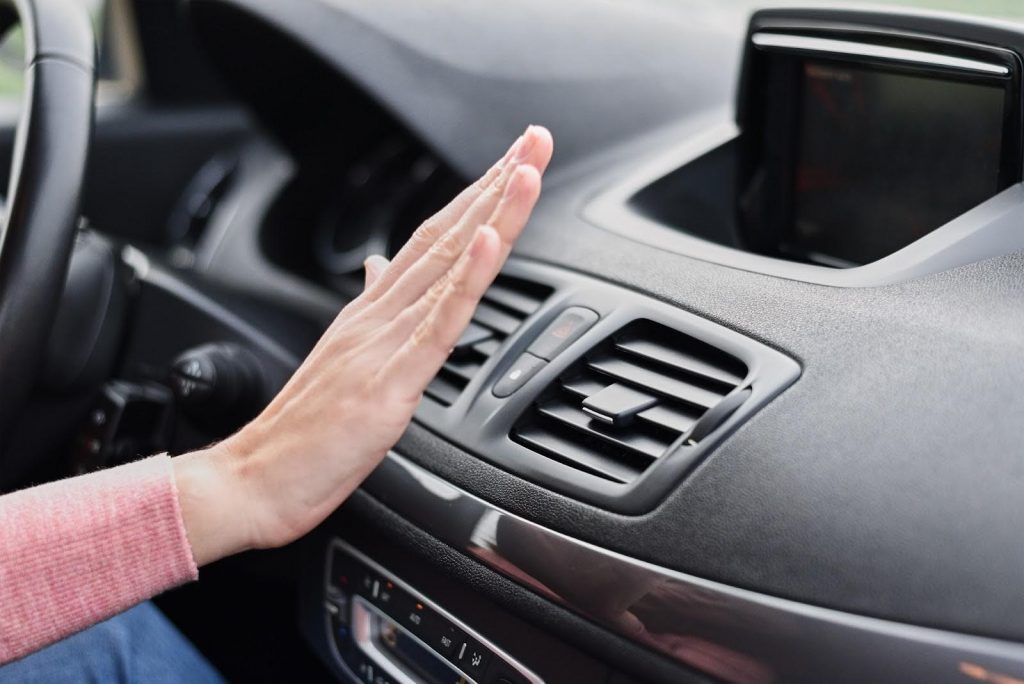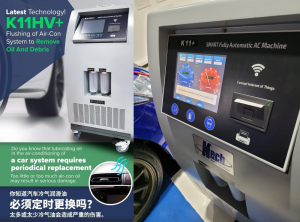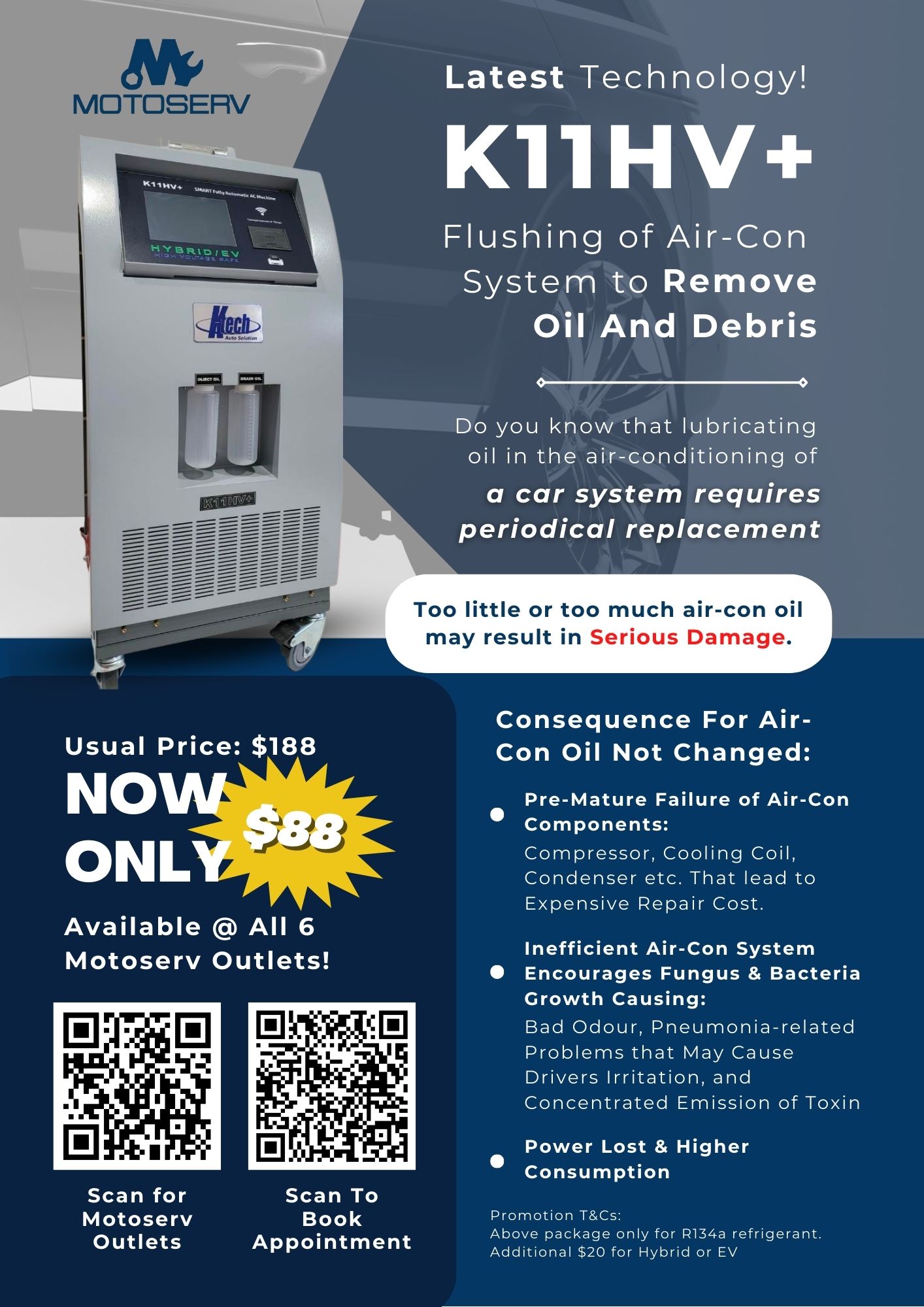The sweltering heat can be unbearable. The only safe zone is indoors or in your car. But what happens when your car’s aircon is not cold enough? Aircon problems are normal especially when you don’t service your car regularly.
It’s also a matter of knowing what the problem is and where it’s coming from. Here’s a guide on how you can troubleshoot your car for aircon problems:
Step 1: Check Refrigerant Levels
Low refrigerant levels are one of the most common AC problems in cars. Refrigerant is the substance responsible for cooling the air. Over time, refrigerant can leak or diminish, resulting in a lack of cool air.
To check the refrigerant levels, you’ll need a pressure gauge designed for automotive air conditioning systems. Not everyone will have one lying around so you should consider a professional inspection.
There are usually two solutions to this problem; a top up or a repair. A top up is relatively straightforward but the need for repairs is an indication of bigger issues – a leak!
Step 2: Inspect for Leaks
If your refrigerant levels are low, there’s a good chance that your air conditioning system has a leak. Common areas to check for leaks include connections, hoses, seals and the condenser.
Leaks can also be identified by the presence of oily residue or debris around the components. Once you’ve located a potential leak, repair or replace the affected component as necessary.
Keep in mind that a car AC refrigerant leak can be challenging to detect and repair. Opt for professional car AC repair services if necessary.
Step 3: Check the Condenser and Radiator
The condenser and radiator are important AC components. The condenser depressurises humid air while the radiator regulates the engine’s temperature. Damage to either component can impact the performance of your air conditioning system.
Inspect both parts for any signs of damage such as bent fins or debris buildup. Use a soft brush or compressed air to remove any dirt or debris. If you notice significant damage, consider replacing the affected component to restore optimal performance.
Step 4: Examine the Compressor
The compressor is in charge of pumping refrigerant through your AC system. This will provide your car with cool, comfortable air. If the compressor is faulty or not functioning correctly, it can result in poor cooling performance.
Start by visually inspecting the compressor for any obvious signs of damage or leaks. Additionally, listen for unusual noises when the air conditioning is turned on. A grinding or clicking noise could indicate compressor issues.
If you suspect a problem with the compressor, it’s best to consult a professional for further diagnosis. The compressor is also one of the most expensive components to repair so be prepared to budget accordingly.
Step 5: Check the Cabin Air Filter
A dirty or clogged cabin air filter can restrict airflow and reduce the efficiency of your AC system. Check the owner’s manual for your vehicle to locate the cabin air filter. It is usually found behind the glove compartment or under the dashboard.
If the filter appears dirty or clogged, replace it with a new one according to the manufacturer’s recommendations. Regularly replacing the cabin air filter can help maintain optimal airflow and improve cooling performance.
It’s also one of the easiest components to change and you can do so in 15 minutes or less.
Car AC Maintenance Tips

While professional servicing is the best way to keep your AC cool, there are several maintenance tips you can do on your own:
Keep it Clean: Clean the exterior of your condenser and radiator regularly to prevent dirt and debris buildup. Clogged condensers and radiators can restrict airflow and cause your AC system to work harder.
Use it Regularly: Even in cooler months, run your air conditioner periodically to keep it in good working condition. This helps lubricate the system and prevents seals from drying out.
Park in Shade: Whenever possible, park your car in the shade to prevent the interior from overheating. This reduces the strain on your AC system when you start it up.
Avoid Overuse: Don’t overload your AC system by setting it to the coldest setting immediately. Start with a moderate temperature and adjust as needed.
Address Issues Promptly: Address any issues promptly especially if you notice any unusual sounds or smells coming from your AC system.
Monitor Refrigerant Levels: Keep an eye on your refrigerant levels and address any leaks or low levels promptly. Ignoring this can lead to more significant problems down the line.
Conclusion
Nobody wants to be driving in the heat so it is important to keep your AC in tip top condition. If your car AC is not blowing cold air, remember to troubleshoot the issue immediately. At the end of the day, your AC can be the difference between arriving at work drenched or refreshed.
Keep your AC in optimal condition with our car aircon service package.









